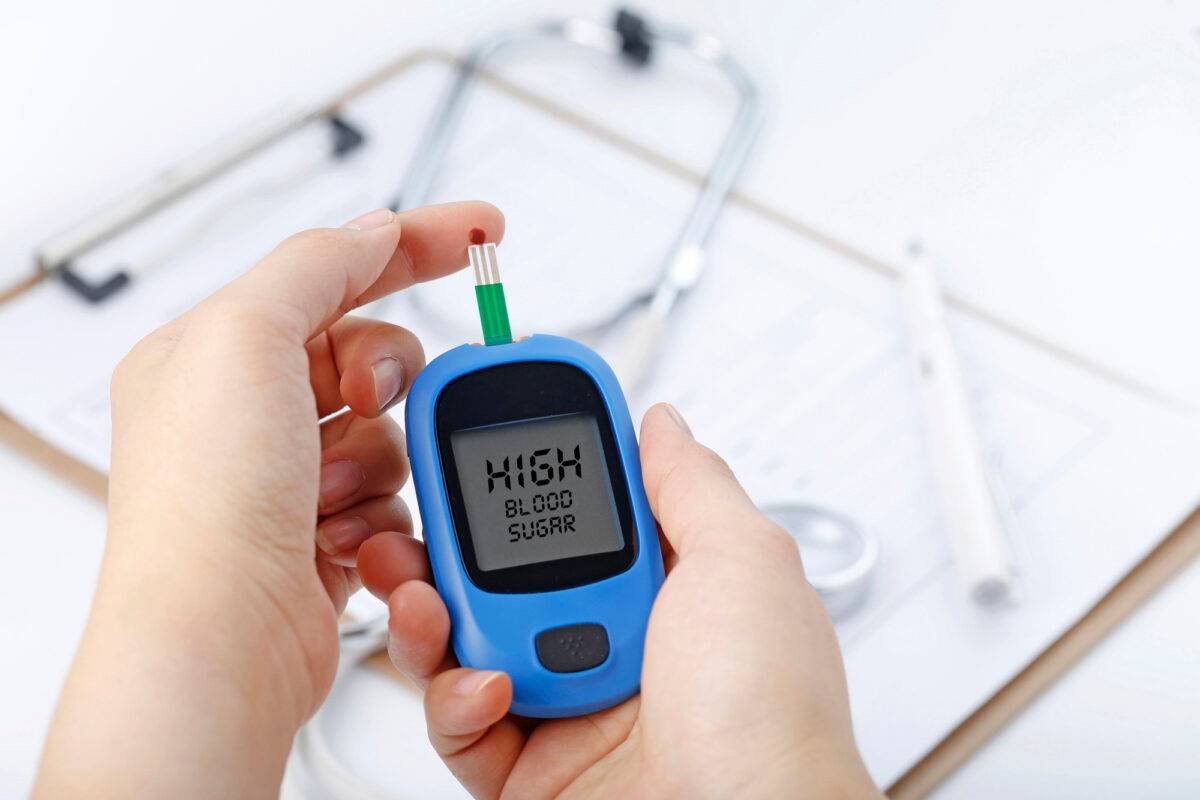
Utilizing Continuous Glucose Monitoring for Optimal Diabetes Reversal

Utilizing Continuous Glucose Monitoring for Optimal Diabetes Reversal
Continuous glucose monitoring (CGM) is a valuable tool for individuals with diabetes, as it allows for real-time monitoring of blood glucose levels and provides insights into how diet, exercise, and other factors impact glucose control. In recent years, CGM has emerged as a key technology for diabetes management and is increasingly being used to guide treatment decisions and improve outcomes. In this article, we will explore the role of CGM in diabetes reversal and discuss how it can be utilized to optimize glucose control and improve long-term outcomes.
Overview of Continuous Glucose Monitoring
Continuous glucose monitoring involves the use of a small sensor that is placed under the skin to measure glucose levels in the interstitial fluid. The sensor is connected to a transmitter that sends the glucose readings to a receiver or smartphone app, which provides real-time data on glucose levels, trends, and patterns. CGM devices can also be integrated with insulin pumps to provide automated insulin delivery based on glucose readings.
CGM has several advantages over traditional blood glucose monitoring, including:
- Real-time monitoring: CGM provides continuous data on glucose levels, allowing for real-time adjustments to diet, exercise, and medication regimens.
- Improved accuracy: CGM measures glucose levels in the interstitial fluid, which more closely reflects glucose levels in the bloodstream than traditional fingerstick measurements.
- Trends and patterns: CGM provides insights into how glucose levels change over time, which can help identify patterns and inform treatment decisions.
- Reduced burden: CGM reduces the need for frequent fingerstick measurements, which can improve quality of life for individuals with diabetes.
CGM for Diabetes Reversal
CGM can be a valuable tool for individuals with diabetes who are seeking to reverse their condition through lifestyle interventions such as diet and exercise. By providing real-time data on glucose levels and trends, CGM can help individuals make informed decisions about food choices, exercise regimens, and medication adjustments. CGM can also help identify glucose spikes and dips that may occur after meals or during periods of physical activity, allowing for targeted interventions to prevent hyperglycemia or hypoglycemia.
In addition to supporting lifestyle interventions, CGM can also be used to guide medication management for diabetes reversal. For example, CGM can be used to adjust insulin doses based on glucose readings, allowing for more precise dosing and improved glycemic control. CGM can also be used to monitor the effects of other medications, such as metformin, on glucose levels and adjust dosages as needed.
CGM can also be a valuable tool for tracking progress towards diabetes reversal. By providing continuous data on glucose levels and trends, CGM can help individuals monitor the effectiveness of lifestyle interventions and medication management over time. This can provide motivation to continue with diabetes reversal efforts and make adjustments as needed to achieve optimal glucose control.
Optimizing CGM for Diabetes Reversal
To optimize the use of CGM for diabetes reversal, it is important to understand how to interpret CGM data and make informed decisions based on that data. Some key considerations for using CGM to support diabetes reversal include:
- Setting glucose targets: Individuals with diabetes who are seeking to reverse their condition may need to set more aggressive glucose targets than those who are simply managing their diabetes. CGM can help individuals monitor progress towards these targets and make adjustments as needed.
- Identifying glucose patterns: CGM can help identify patterns in glucose levels that may indicate the need for dietary or medication interventions. For example, if glucose levels consistently spike after meals, this may indicate the need for changes in meal timing or composition.
- Adjusting medication regimens: CGM can be used to guide medication management for diabetes reversal, including adjustments to insulin doses or other medications. However, it is important to work with a healthcare provider to ensure that medication adjustments are safe and effective.
About Dr Spages


















I have an appointment with you for August 23 want to hear directly what you recommend for my diabetes reversal.
Exciting!!!